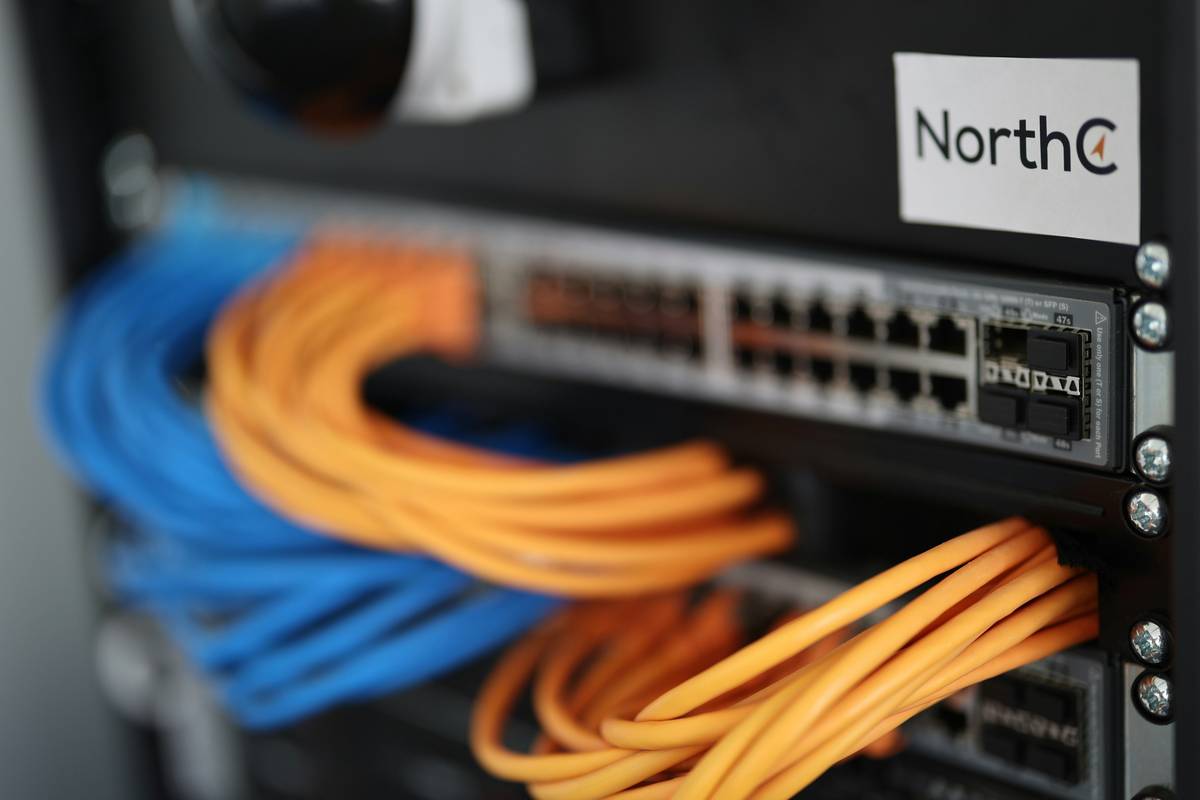Ever wondered how a single overlooked protocol could take down an entire IT infrastructure? Or worse, what happens when your data management system can’t recover from unexpected errors?
The answer lies in fault tolerance—and it’s not just another buzzword. With ISO 27002 updates, organizations have a golden opportunity to rethink their cybersecurity strategies while ensuring robustness against failures.
In this post, you’ll explore the latest ISO 27002 changes, discover actionable steps to implement fault-tolerant systems, and learn best practices that will keep your data secure no matter what life throws at it (literally).
Table of Contents
- Key Takeaways
- What Are the Risks Without Fault Tolerance?
- How to Build Fault-Tolerant Systems Using ISO 27002 Updates
- Top Tips for Implementing ISO 27002 Best Practices
- Real-World Examples of Success Stories
- Frequently Asked Questions About ISO 27002 Updates
Key Takeaways
- ISO 27002 updates introduce critical refinements in managing cybersecurity risks.
- Fault tolerance ensures zero downtime during technical glitches or security breaches.
- Actionable frameworks include redundancy planning, automated failover mechanisms, and incident response protocols.
- Case studies highlight industries like healthcare and finance benefiting immensely from these enhancements.
What Are the Risks Without Fault Tolerance?
Here’s a confession: I once thought backups were enough. Until my team’s primary server crashed mid-presentation. Yep, total facepalm moment.
This isn’t rare—according to Gartner, the average cost of IT downtime is $5,600 per minute. And if your organization relies heavily on sensitive information (hello, healthcare and finance sectors), losing even a fraction of your data could spell disaster.

Figure 1: The growing financial impact of unplanned IT outages.
Enter fault tolerance—a concept where redundant components ensure seamless operation despite failures. But here’s the catch—it needs alignment with international standards like ISO 27002 updates to truly work wonders.
How to Build Fault-Tolerant Systems Using ISO 27002 Updates
Optimist You: “Let’s dive into implementing these updates!”
Grumpy You: “Only after I finish my third coffee.”
All jokes aside, let’s get systematic:
Step 1: Conduct a Risk Assessment
Understand potential vulnerabilities by conducting a comprehensive risk assessment as outlined in ISO 27002 updates. Map out every possible failure point—from network switches to database corruption.
Step 2: Integrate Redundancy
Create backup routes for operations using mirrored servers, redundant storage arrays, or geographically distributed backups. These aren’t optional anymore; they’re essential!
Step 3: Automate Failover Mechanisms
Automated failover tools detect issues instantly and reroute traffic without human intervention. Tools like AWS Elastic Load Balancer make this process buttery smooth—chef’s kiss.
Top Tips for Implementing ISO 27002 Best Practices
- Update Regularly: Schedule quarterly reviews to stay aligned with ISO 27002 changes.
- Train Your Team: Ensure everyone understands the importance of fault tolerance.
- Avoid Overconfidence: Even top-tier systems fail sometimes. Always expect the unexpected.
- TERRIBLE TIP ALERT: Rely solely on manual processes. Don’t do this unless you enjoy stress levels higher than your laptop fan noise.
Real-World Examples of Success Stories
Consider Healthcare Co., which implemented ISO 27002-based fault-tolerant measures across its cloud infrastructure. When one region faced severe weather disrupting connectivity, their system automatically redirected patient records to alternate servers—zero interruptions.

Figure 2: Dramatic improvement in system uptime post ISO 27002 integration.
Another standout case? A major bank avoided $2M in losses due to automated rollback features coded following ISO guidelines. Talk about money well saved!
Frequently Asked Questions About ISO 27002 Updates
What are ISO 27002 updates?
These are revisions made to the global standard governing information security controls, emphasizing areas like cybersecurity resilience and data protection.
Do all businesses need fault-tolerant systems?
If you value customer trust and business continuity, then yes. Every industry benefits from reducing single points of failure.
Is implementing ISO 27002 expensive?
Cost varies based on scale, but think of it as investing in peace of mind. Plus, savings from prevented disasters often outweigh initial expenses.
Conclusion
To recap, mastering fault tolerance through updated ISO 27002 standards transforms vulnerability into strength. By assessing risks, integrating redundancies, automating workflows, and training teams effectively, you create a fortress-like defense against failures.
Remember, though: there’s no room for complacency here. Stay vigilant, adapt quickly, and above all—stay caffeinated.
“Like a Tamagotchi, your ISO compliance requires daily care.” 😉


